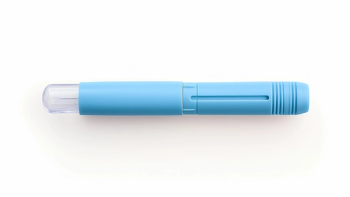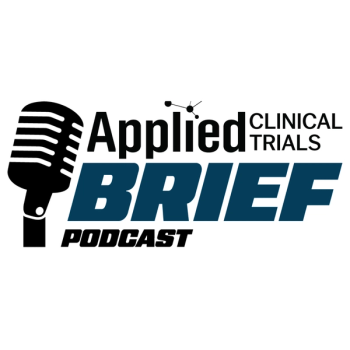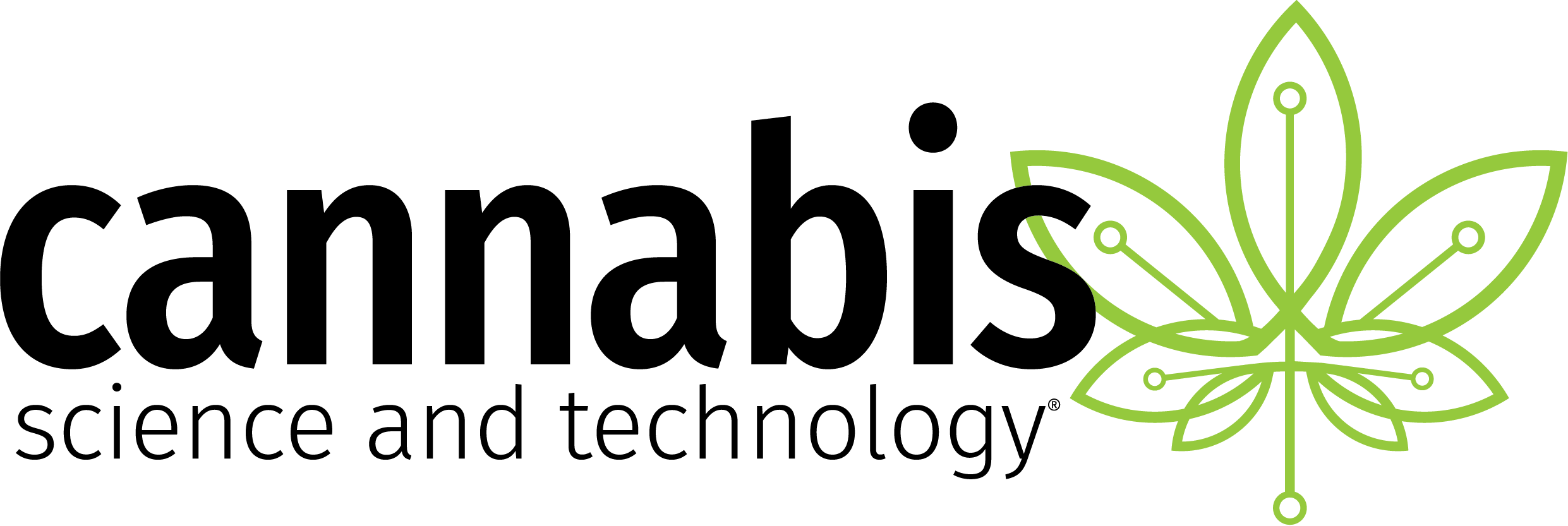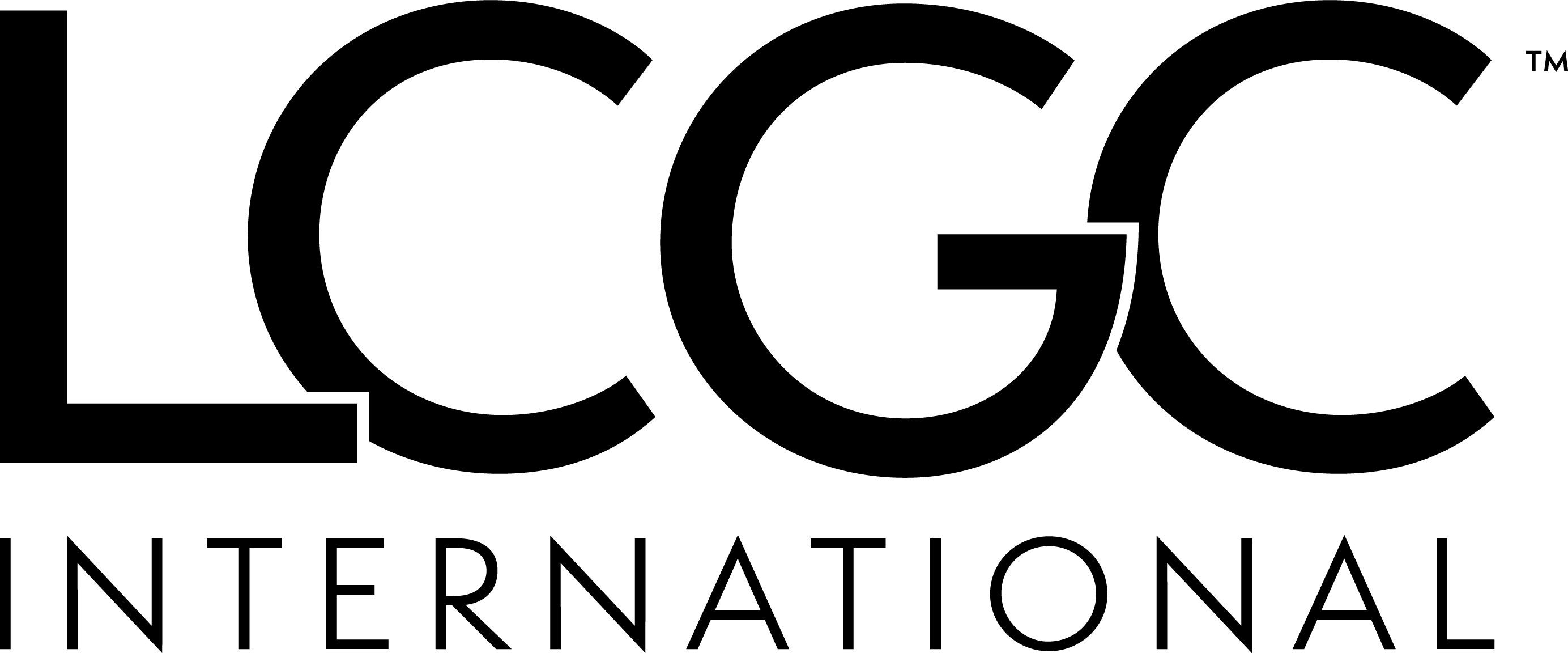
- Applied Clinical Trials-06-19-2006
- Volume 0
- Issue 0
New LabPAS/CT V 2.5, Complete P1 Trial Workflow System with PDA, to be Unveiled at DIA Annual Meeting
Green Mountain Logic will unveil LabPAS/CT Version 2.5 at the DIA Annual Meeting.
Philadelphia, June 18–21, booth # 1520-Version 2.5 deploys PDAs on clinic floors to scan patient and collection vessel barcodes, eliminating the potential for errors. It provides real time electronic data entry for collection times, comments, dosing, vital signs and adverse events. LabPAS/CT 2.5 also allows integration with document management systems and with biometric systems for positive subject ID.
LabPAS/CT uses a Web interface and intuitive navigation and is the most scalable, configurable and customizable workflow and sample management solution on the market today. Through the innovative use of barcode scanning it eliminates errors, tracks samples, increases throughput, and supports compliance. In addition, sample collection and dosing are scheduled and tracked according to trial protocols. LabPAS/CT supports compliance with FDA 21 CFR Part 11, GCP and GLP, and also empowers study managers to rapidly alter workflow and schedules as protocols change, by simply dragging and dropping items on their computer screen. It was developed under Green Mountain Logic's design control process, audited and approved by multiple, nationally-recognized pharmaceutical clients. GML is in compliance with FDA guidance for the development of high-risk software systems and for development of Class 2 Medical Devices.
Articles in this issue
over 19 years ago
BBK Healthcare, Inc. Evolves to Become BBK Worldwideover 19 years ago
Datafarm Announces the Release of Web-Based eCTD ViewerNewsletter
Stay current in clinical research with Applied Clinical Trials, providing expert insights, regulatory updates, and practical strategies for successful clinical trial design and execution.






.png)



.png)



.png)
.png)
